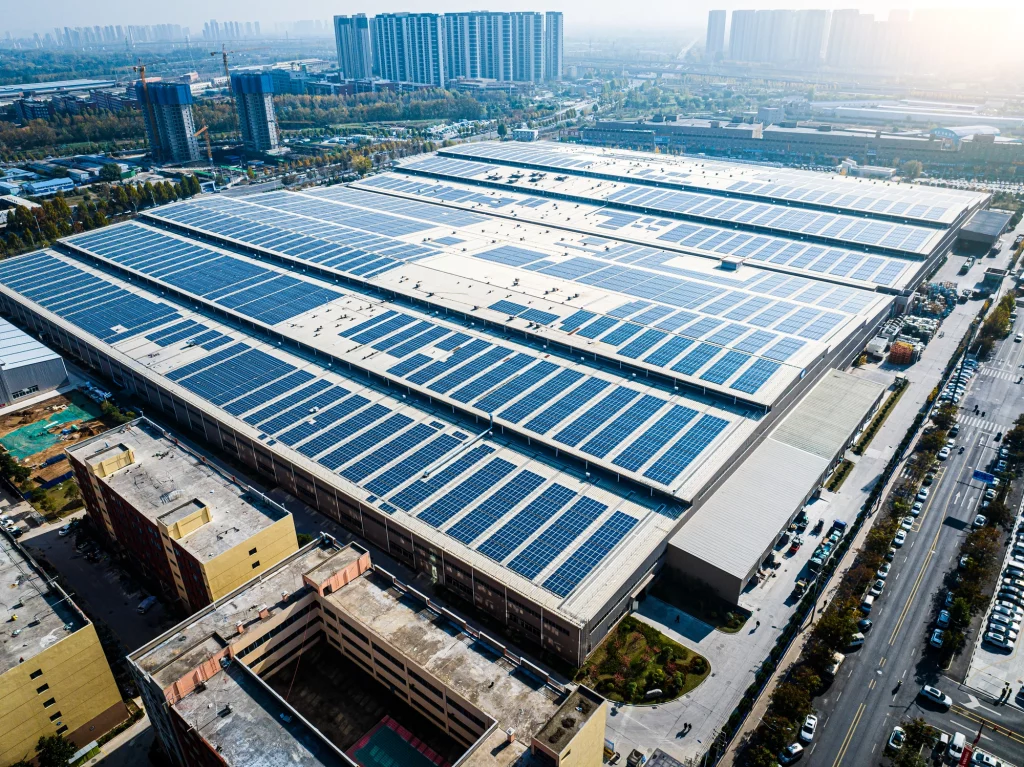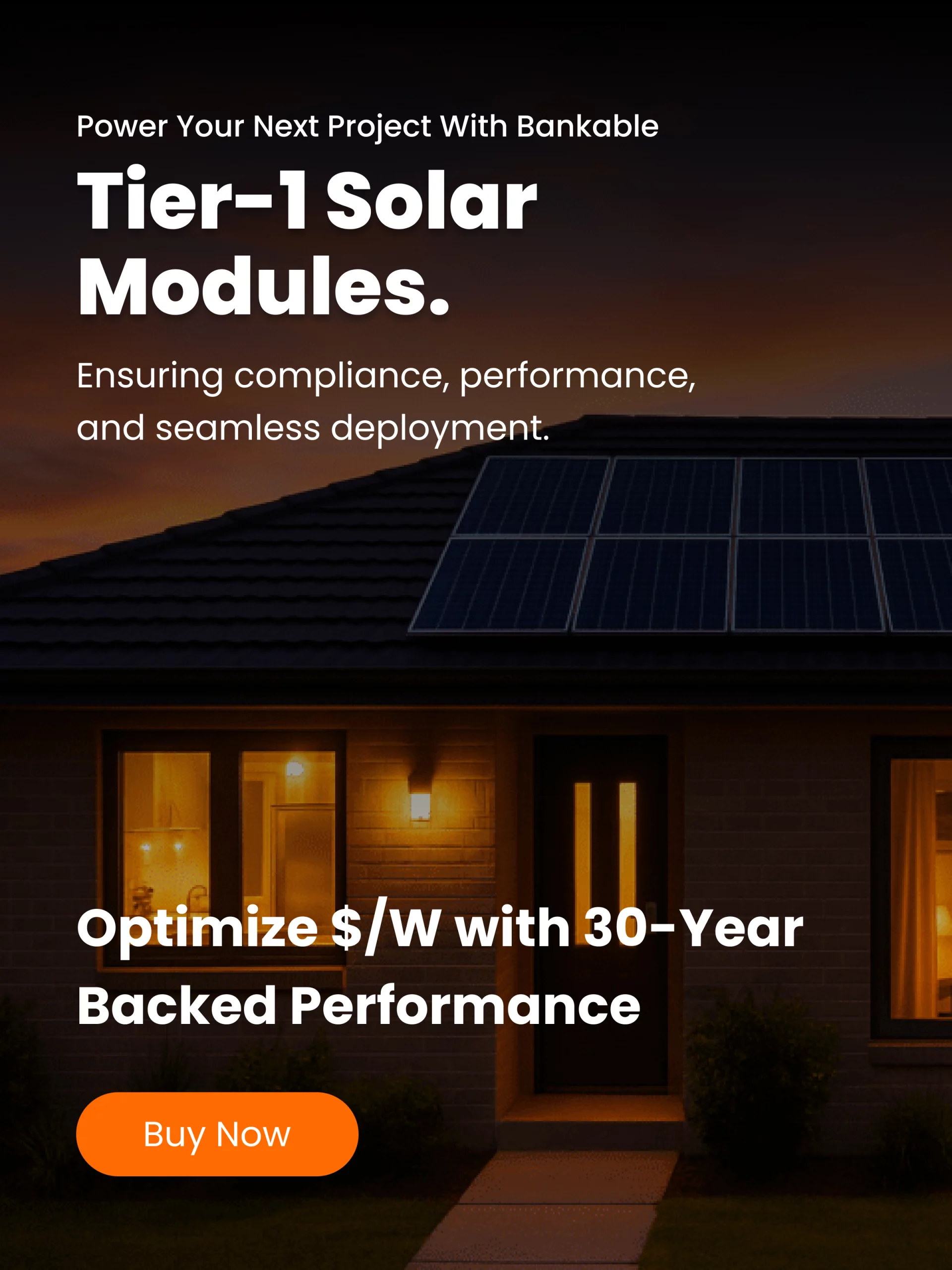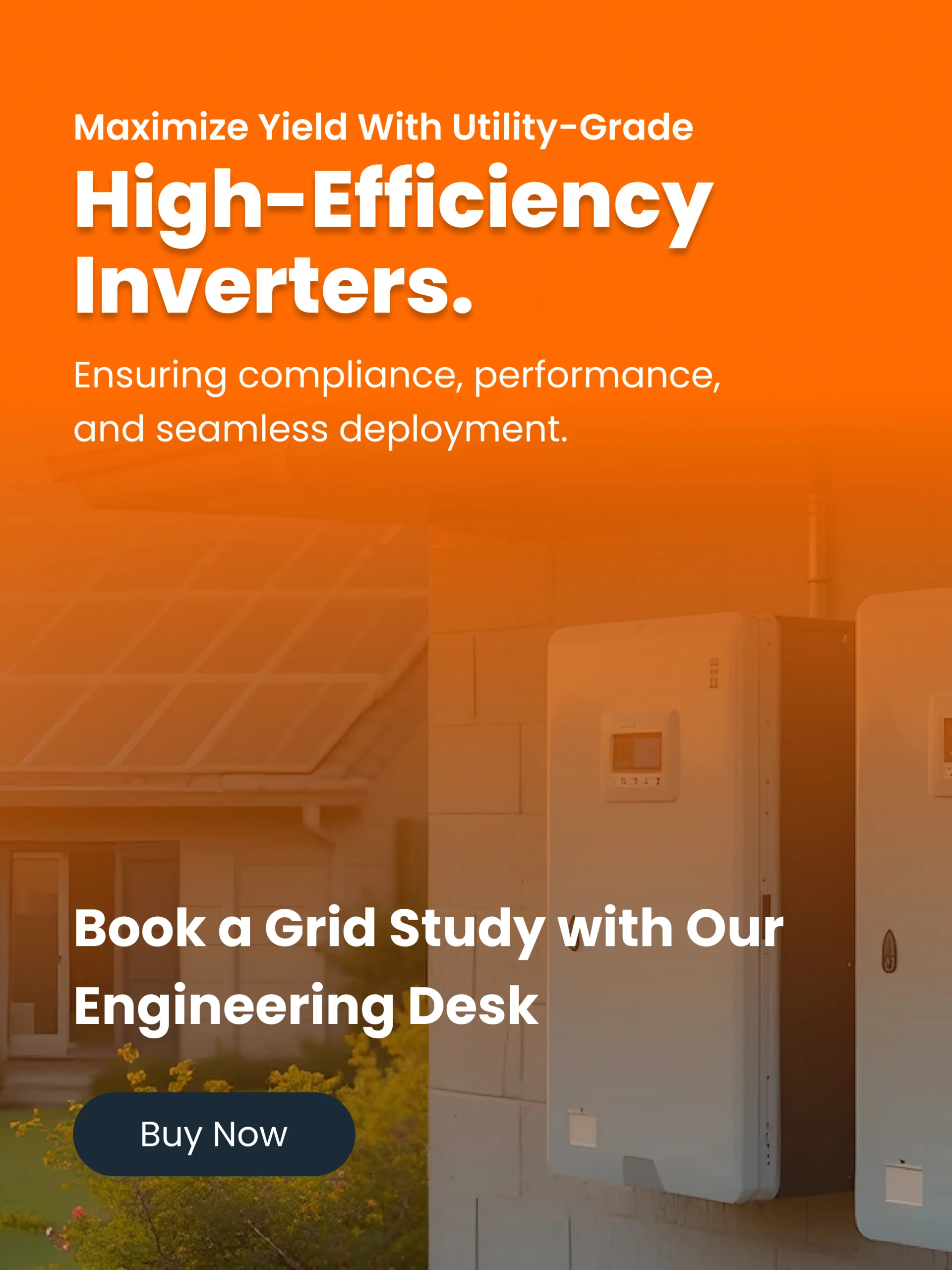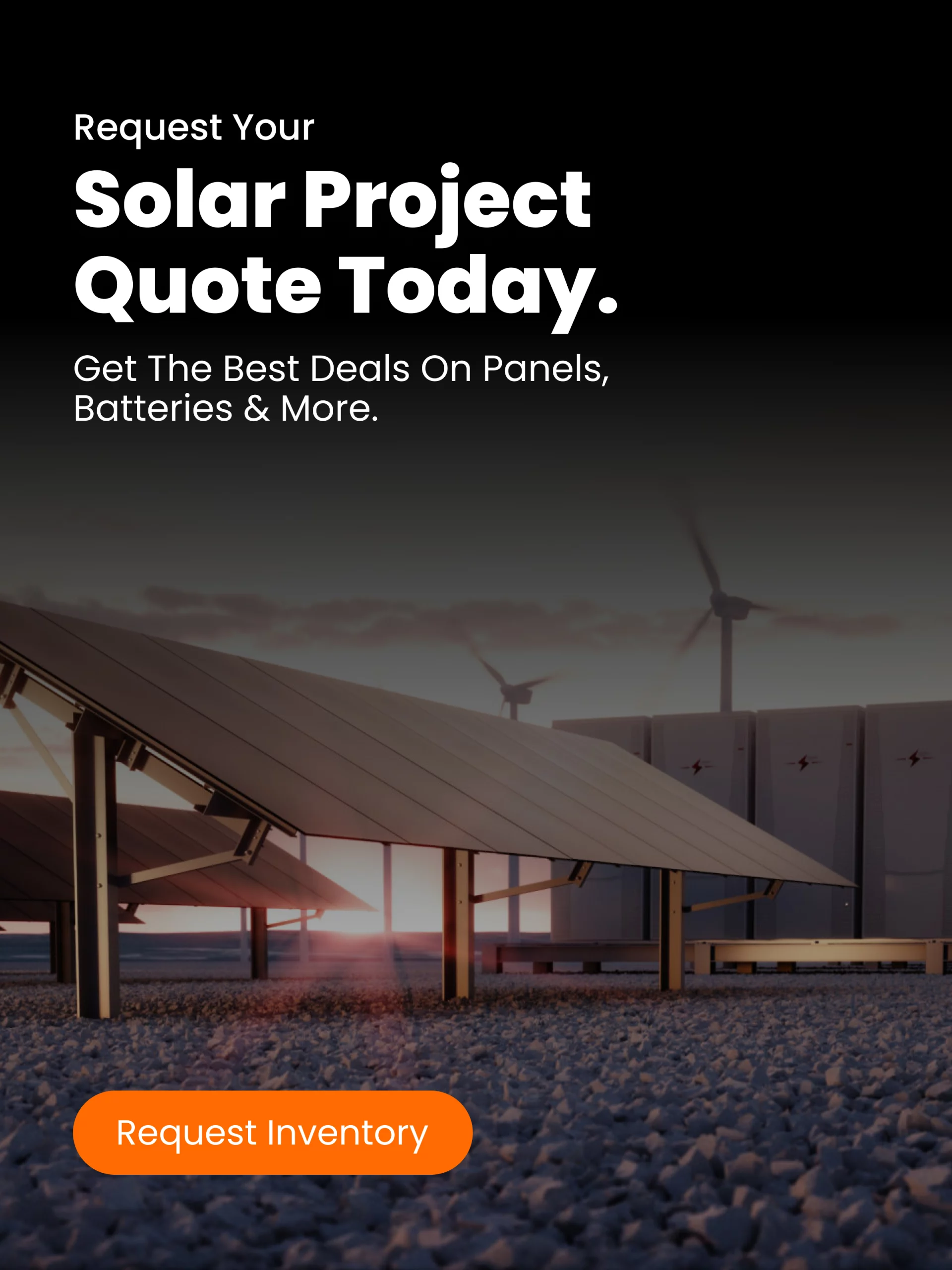Solar power is no longer just an eco-friendly option for homeowners; it’s a strategic energy solution reshaping how businesses operate. In recent years, commercial and industrial (C&I) solar systems have evolved from niche sustainability projects into essential tools for managing costs, building energy resilience, and meeting ambitious environmental goals.
For organizations like factories, hospitals, schools, warehouses, and data centers, electricity consumption is one of the largest and most unpredictable operating expenses. Rising utility rates, grid instability, and pressure to cut carbon emissions make relying solely on conventional power increasingly risky. C&I solar offers a way to stabilize costs, reduce grid dependence, and signal environmental leadership, all while improving a company’s bottom line.
What Defines Commercial and Industrial Solar Systems
The term commercial and industrial solar refers to solar power installations designed for non-residential, high-demand energy users. These systems differ significantly from residential setups in both scale and complexity.
C&I projects are typically much larger, ranging from tens of kilowatts (kW) to several megawatts (MW), and they require custom engineering to meet specific site and load requirements. They might be installed on large rooftops, open ground space, parking canopies, or even building façades.
They also use industrial-grade components, including high-wattage modules, robust inverters, and heavy-duty mounting structures, designed for durability and performance. Many systems integrate advanced control, monitoring, and sometimes battery storage to optimize energy use and handle peak demand.
While the core photovoltaic (PV) technology converting sunlight into electricity remains the same as in home solar panels, the performance expectations and financial models for commercial systems are much more complex and demanding.
Why Businesses Are Investing in Solar
Cost Savings and Improved Cash Flow
Energy costs are often one of the most significant controllable expenses for commercial operations. Solar energy can dramatically reduce electricity bills, particularly in energy-intensive sectors such as manufacturing, logistics, and technology.
Many businesses also face demand charges, additional utility fees for peak energy usage. By pairing solar with battery storage, companies can “shave” these peaks, lowering their demand charges and overall bills.
According to the Solar Energy Industries Association (SEIA), most commercial solar projects achieve a return on investment (ROI) within 3 to 5 years, depending on system size, incentives, and location. After that, the power generated is essentially free for decades, aside from routine maintenance costs.
Energy Independence and Risk Mitigation
Grid outages, voltage fluctuations, and unpredictable tariff hikes can disrupt operations and damage equipment. A C&I solar system, particularly one paired with storage, offers a safeguard against these risks.
It provides a buffer against utility price volatility and improves energy security. With battery integration, businesses can switch to backup or island mode during outages, ensuring uninterrupted operations, a critical advantage for sectors like healthcare and data centers.
Environmental Goals and Corporate Responsibility
Today, environmental, social, and governance (ESG) reporting is more than a trend; it’s an expectation. Customers, investors, and regulators increasingly demand that companies reduce their carbon footprint.
Installing solar power demonstrates a tangible commitment to sustainability. It supports corporate carbon-neutrality pledges, strengthens brand reputation, and can even open up new business opportunities with partners that prioritize clean energy.
Types of Commercial Solar Configurations
Commercial solar systems are typically designed in one of three main configurations, depending on operational needs.
Grid-tied (without battery): Solar power is fed directly into electrical loads, with excess exported to the grid under net metering or energy credit programs. This is the simplest and most cost-effective setup when grid reliability is high.
Off-grid (with battery): The system operates completely independently, supplying all electricity needs. It requires a larger battery bank and careful system design, making it ideal for remote locations or areas with unreliable grid access.
Hybrid (grid + storage): The most flexible model combines solar with battery storage and a grid connection. Solar covers the base load, while batteries reduce peak demand or provide backup power. This approach is increasingly popular for its balance of resilience and cost savings.
What Drives Project Cost
The total cost of a C&I solar project depends on several key variables.
System size: Larger systems often achieve economies of scale, reducing the per-watt cost.
Module type: High-efficiency panels or advanced technologies like PERC, TOPCon, or bifacial modules cost more but deliver better performance.
Inverters and power electronics: Central, string, or microinverters each have different price points and efficiency profiles.
Mounting structure: Rooftop, ground-mounted, carport, or tracking systems vary in complexity and price.
Site conditions: Structural reinforcements, shading, roof accessibility, and tilt all impact cost.
Permitting and interconnection: Local regulations, utility fees, and labor are significant soft costs.
Battery storage: Adds upfront expense but increases system value through resilience and peak-demand management.
In the United States, average commercial solar costs range from $1.20 to $2.50 per watt before incentives, according to EnergySage. That means a 500-kW system could cost between $600,000 and $1.25 million before federal tax credits and rebates, a substantial investment, but one that typically pays for itself in a few years.
Inside a Commercial Solar Plant
A C&I solar installation is more than just panels on a roof. It’s a carefully engineered system composed of several essential components.
Solar modules (PV panels): Convert sunlight into direct current (DC) electricity.
Inverters: Transform DC into alternating current (AC) that powers equipment or feeds the grid.
Mounting structures: Support and position panels for maximum efficiency.
Battery storage (optional): Stores excess power for use during peak hours or outages.
Monitoring and control systems: Track performance, detect issues, and optimize output.
Cabling and safety equipment: Ensure proper electrical flow, grounding, and protection.
With proper engineering and maintenance, commercial solar systems can operate reliably for 25 to 30 years or more, with most manufacturers guaranteeing at least 80% efficiency after 25 years.
Installation and Maintenance
Installing a commercial solar plant involves several stages, including site assessment, system design, permitting, procurement, construction, commissioning, and ongoing maintenance. Depending on project size and location, the entire process can take 3 to 9 months.
Although solar systems require relatively low maintenance, regular cleaning, performance monitoring, and occasional component replacement (especially inverters after 10 to 15 years) are essential to keep them operating at peak efficiency.
Choosing the Right EPC Partner
Because of the complexity and scale of commercial projects, selecting the right engineering, procurement, and construction (EPC) company is crucial. Look for partners with:
- Proven experience in C&I projects
- Strong relationships with Tier-1 manufacturers
- Comprehensive warranties and service support
- Scalable design capabilities and future upgrade options
- Robust operation and maintenance offerings
Who Benefits Most from Commercial Solar
The sectors that stand to gain the most from C&I solar include:
- Manufacturing and heavy industry: High power demand and large roof space
- Warehousing and logistics: Large roof footprints and daytime operation
- Education: Predictable loads and access to grants or incentives
- Commercial real estate: Shared infrastructure and common area energy needs
- Data centers: Continuous operation and high energy intensity
The Future of C&I Solar
Emerging technologies will continue to shape the commercial solar landscape. High-efficiency modules such as TOPCon and heterojunction cells are pushing conversion rates above 25%. Battery technology is improving in cost, longevity, and efficiency, while AI-driven energy management is enabling smarter load shifting and peak shaving. Additionally, growing investment in domestic manufacturing is reducing supply chain risks and improving project economics.
Final Thoughts
Commercial and industrial solar power is far more than a sustainability gesture; it’s a strategic investment. With falling equipment costs, strong incentives, and maturing technology, businesses today can lock in stable energy costs, reduce operational risk, and achieve meaningful sustainability targets.
For any organization considering solar, the next steps are straightforward: conduct an energy audit, consult an experienced EPC partner, model financial returns, and plan for future scalability. With the right approach, solar can transform electricity from a major expense into a long-term strategic asset.
Sources
Solar Energy Industries Association (SEIA)
EnergySage: Commercial Solar Costs
U.S. Department of Energy
PV Magazine




